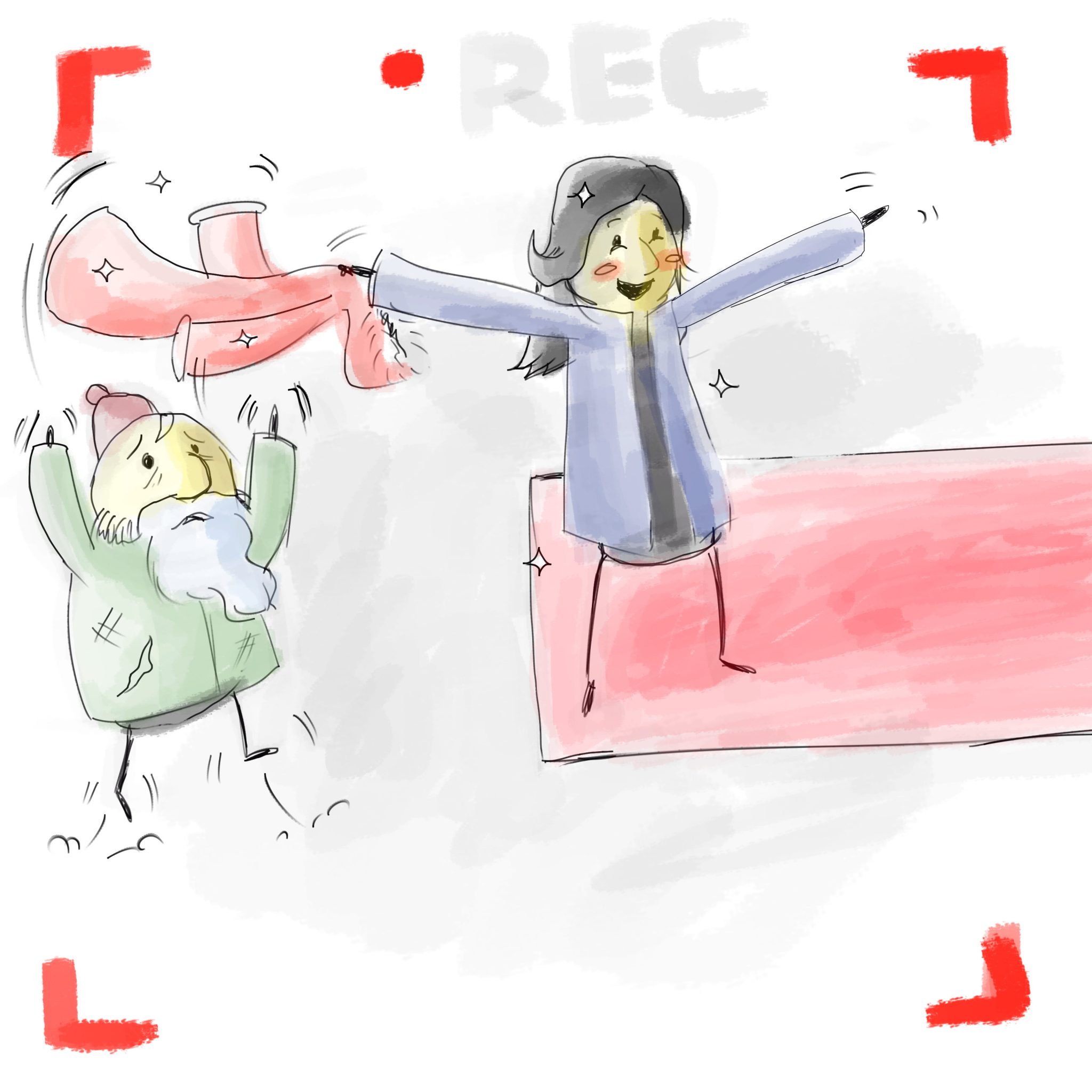Social media as a graveyard for altruism


On Feb. 16, 2018, Drake dropped his music video for his single God’s Plan, which depicts him donating his $996 631.90 video budget to Miami residents.
Throughout the video he paid for strangers’ groceries, gave a teenager a new car, personally handed stacks of money to families on the street, took people on shopping sprees, gifted children with piles of toys, paid university students’ tuition fees and donated large sums of money to the University of Miami, the Miami Fire Department and Lotus Home Women’s Shelter.
Drake, who is one of the highest-paid rappers, earned the fifteenth spot for most-liked video on YouTube for God’s Plan.
This was his second single of his recently dropped album Scorpion.
God’s Plan is reflective of a recent trend in which people record themselves doing good deeds and then post them online.
One example of this is the #helpinghandchallenge wherein participants are encouraged to post videos of themselves helping homeless people and participating in other acts of generosity.
Something worth noting is that Drake didn’t donate his money out of pocket for God’s Plan; he donated the video’s budget.
Drake achieved number one on the billboard charts through this song, and the video received a very positive public reception, arguably bringing his likeability up further through his generosity.
Drake did a good thing. He most definitely changed a lot of lives through his donations.
It’s just that it’s hard to turn away from the initial assumption that people who share their acts of kindness with the world are doing it for any other reason than to paint themselves as a hero.
But the line between raising awareness for a cause or just humbly bragging about your generosity becomes blurred as soon as you pull out your camera.
Social media outlets such as Instagram and YouTube are constructed with the very thought in mind that those who use their platforms are only posting the best, happiest, most generous versions of themselves.
Whenever someone does something in the name of generosity and then swiftly decides to document it, it takes the good deed and reverses it completely to benefit the person’s reputation and ego.
Doing a good deed in and of itself should be enough.
Giving money to a homeless person, helping someone cross the street or giving a big tip to a service worker and then immediately picking up your phone and showcasing it for all your followers to see just doesn’t scream “altruism” to me.
I think it’s safe to say that the homeless man you took an off-guard picture of after you handed him some change on the street doesn’t want his picture displayed for the world wide web to see.
Exploiting someone in need so that you can boost your social media likes is less selfless and more selfish.
I’m not saying “don’t be a good person,” but I am saying that your concern for others shouldn’t be immediately followed up by a tweet or a Snapchat video.
And if we’re being totally honest here, is there any form of “true” altruism?
With or without social media, altruism is always connected to a self serving motivation in some way. Social media only amplifies this notion.
This isn’t me saying that Drake isn’t generous or that he should’ve donated more. Regardless of how many photos were taken, or in this case, a music video, a good deed was still done.
But the line between raising awareness for a cause or just humbly bragging about your generosity becomes blurred as soon as you pull out your camera.
Humility is all about letting your actions speak for you.
Whether you are doing good deeds offline or online, the deed still gets done.
But ultimately, feeling good about helping someone should come regardless of how many likes you get on your latest post.


